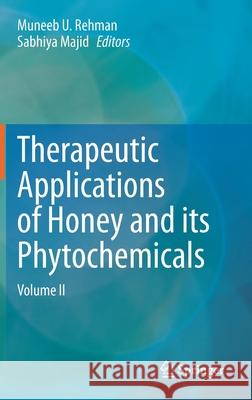Therapeutic Applications of Honey and Its Phytochemicals: Volume II » książka
topmenu
Therapeutic Applications of Honey and Its Phytochemicals: Volume II
ISBN-13: 9789811573040 / Angielski / Twarda / 2020 / 451 str.
Therapeutic Applications of Honey and Its Phytochemicals: Volume II
ISBN-13: 9789811573040 / Angielski / Twarda / 2020 / 451 str.
cena 925,87
(netto: 881,78 VAT: 5%)
Najniższa cena z 30 dni: 886,75
(netto: 881,78 VAT: 5%)
Najniższa cena z 30 dni: 886,75
Termin realizacji zamówienia:
ok. 22 dni roboczych
Bez gwarancji dostawy przed świętami
ok. 22 dni roboczych
Bez gwarancji dostawy przed świętami
Darmowa dostawa!
Kategorie:
Kategorie BISAC:
Wydawca:
Springer
Język:
Angielski
ISBN-13:
9789811573040
Rok wydania:
2020
Wydanie:
2020
Ilość stron:
451
Waga:
0.82 kg
Wymiary:
23.39 x 15.6 x 2.54
Oprawa:
Twarda
Wolumenów:
01
Dodatkowe informacje:
Wydanie ilustrowane











